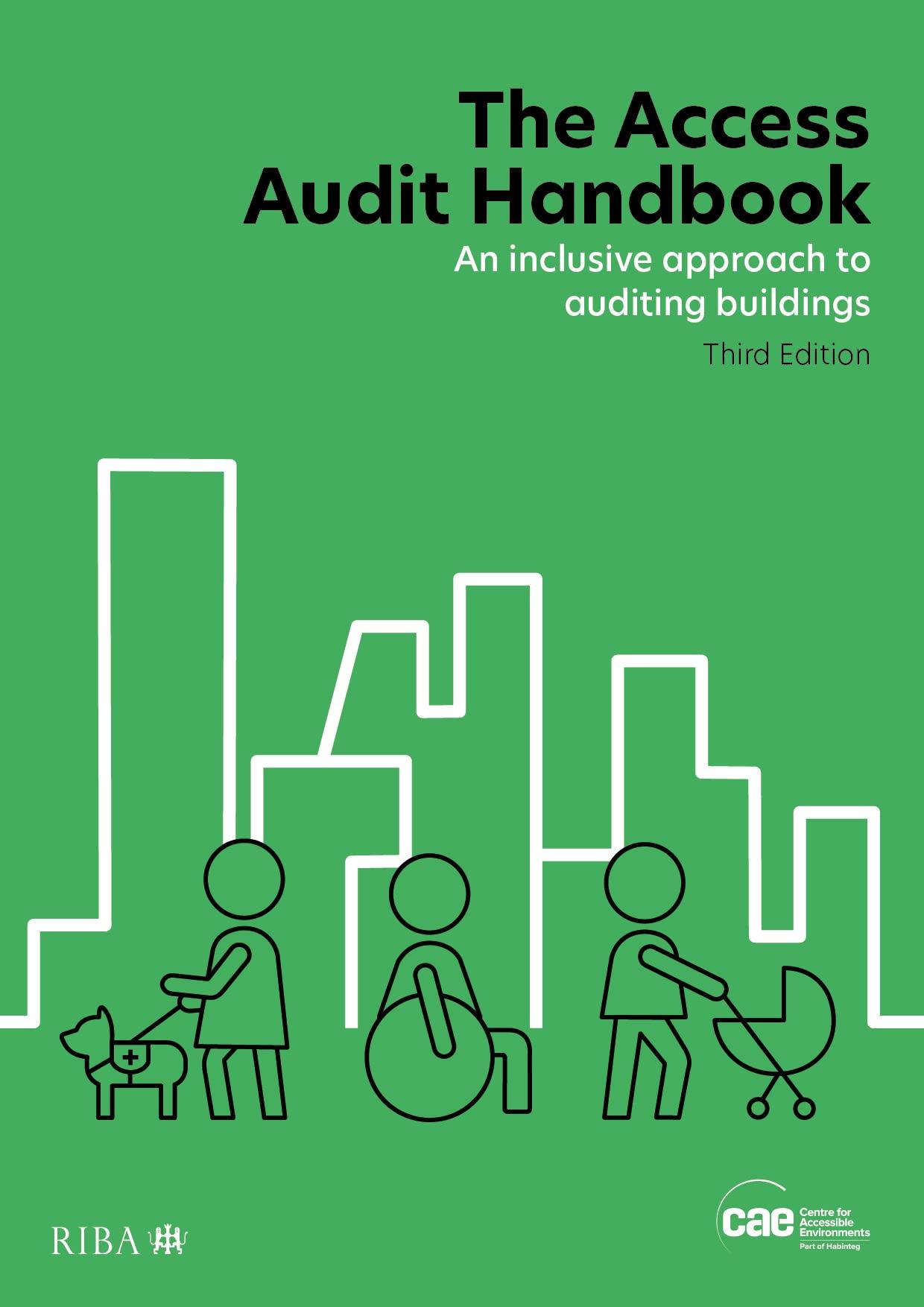Question
On January 1, 2019 Roberts Corporation acquired 80% of the outstanding voting stock of Williams Company. At that time, although Williams book value was $560,000,
On January 1, 2019 Roberts Corporation acquired 80% of the outstanding voting stock of Williams Company. At that time, although Williams book value was $560,000, Roberts assessed Williams total business fair value at $726,000.
The book values of Williams individual assets and liabilities approximated their acquisition-date fair values except for the equipment account which was undervalued by $100,000. The undervalued equipment had a 5-year remaining life at the acquisition date. Any remaining excess fair value was attributed to goodwill. No goodwill impairments have occurred.
Over the next two years, Williams began selling inventory to Roberts. Assume that any items in intercompany inventory at the end of a given year were sold to outside parties in the following year. Below are the details of the intercompany inventory sales:
| Year | Intercompany Sales | Intercompany ending inventory at transfer price | Gross profit rate on intercompany inventory transfers |
|
2019 |
$120,000 |
$55,000 |
25% |
|
2020 |
$200,000 |
$110,000 |
28% |
In addition to these transfers of inventory, Williams sold a building to Roberts on January 1, 2020 for $154,000. The book value of the building was only $90,000 on that date. The building had an eight-year remaining useful life at the time of the transfer and is depreciated using the straight-line method with no salvage method. The building remains on Roberts books as of December 31, 2020.
Separate financial statements for both companies on December 31, 2020 are shown below:
|
|
Roberts | Williams |
| Revenues | $(980,000) | $(620,000) |
| Cost of goods sold | 613,000 | 420,000 |
| Depreciation expense | 116,250 | 84,000 |
| Gain on Sale of Building | -0- | (64,000) |
| Equity in Income of Williams | (69,560) | -0- |
| Net Income | $(320,310) | $(180,000) |
|
|
|
|
| Retained earnings, 1/1/20 | $(1,290,000) | $(400,000) |
| Net Income (above) | (320,310) | (180,000) |
| Dividends paid | 155,000 | 50,000 |
| Retained earnings, 12/31/20 | $(1,455,310) | $(530,000) |
|
|
|
|
| Cash | $256,450 | $225,000 |
| Accounts receivable | 297,500 | 232,000 |
| Inventory | 475,000 | 285,000 |
| Investment in Williams Stock | 647,360 | -0- |
| Land | 180,000 | 200,000 |
| Buildings and equipment (net) | 714,000 | 193,000 |
| Total assets | $2,570,310 | $1,135,000 |
|
|
|
|
| Accounts payable | $(150,000) | $(65,000) |
| Notes payable | (155,000) | (300,000) |
| Common stock | (610,000) | (150,000) |
| Additional paid-in capital | (200,000) | (90,000) |
| Retained earnings, 12/31/20 | (1,455,310) | (530,000) |
| Total liabilities and stockholders equity | $2,570,310 | $1,135,000 |
Required:
- Prepare all of the necessary eliminating entries (i.e. worksheet entries) needed at December 31, 2020 AND prepare the necessary worksheet to consolidate the two companies as of December 31, 2020. Be sure to show clearly the noncontrolling interest in both net income and stockholders equity on your worksheet.
Step by Step Solution
There are 3 Steps involved in it
Step: 1

Get Instant Access to Expert-Tailored Solutions
See step-by-step solutions with expert insights and AI powered tools for academic success
Step: 2

Step: 3

Ace Your Homework with AI
Get the answers you need in no time with our AI-driven, step-by-step assistance
Get Started


